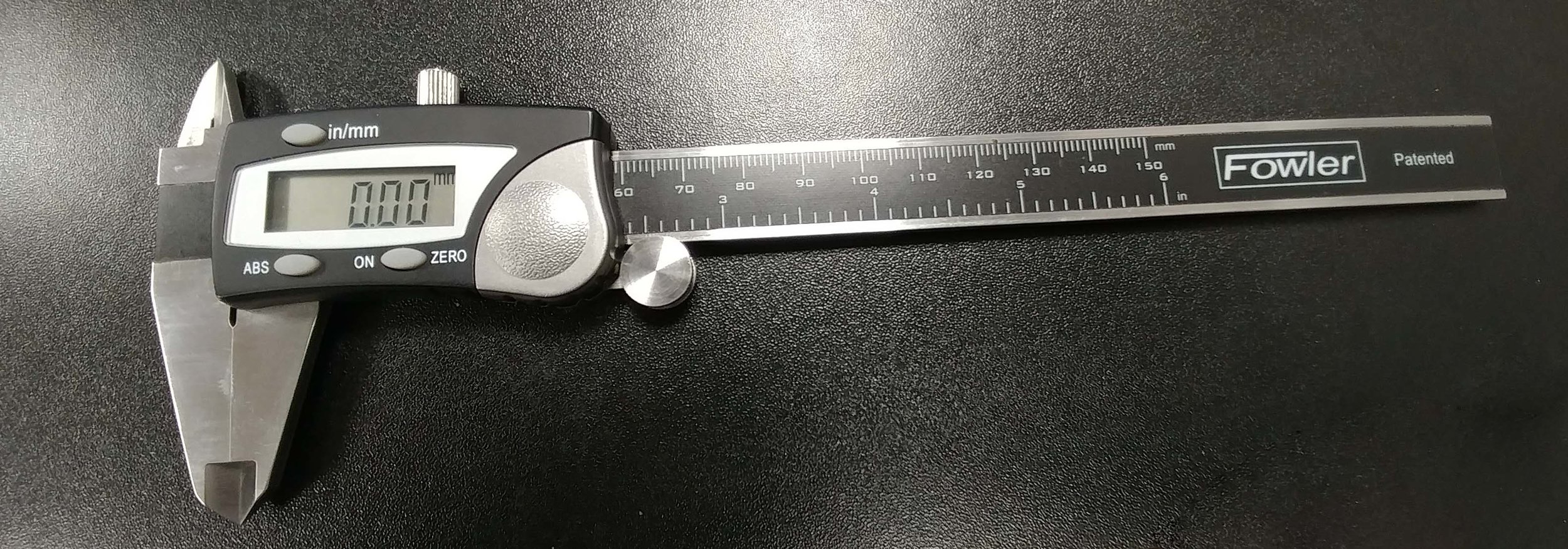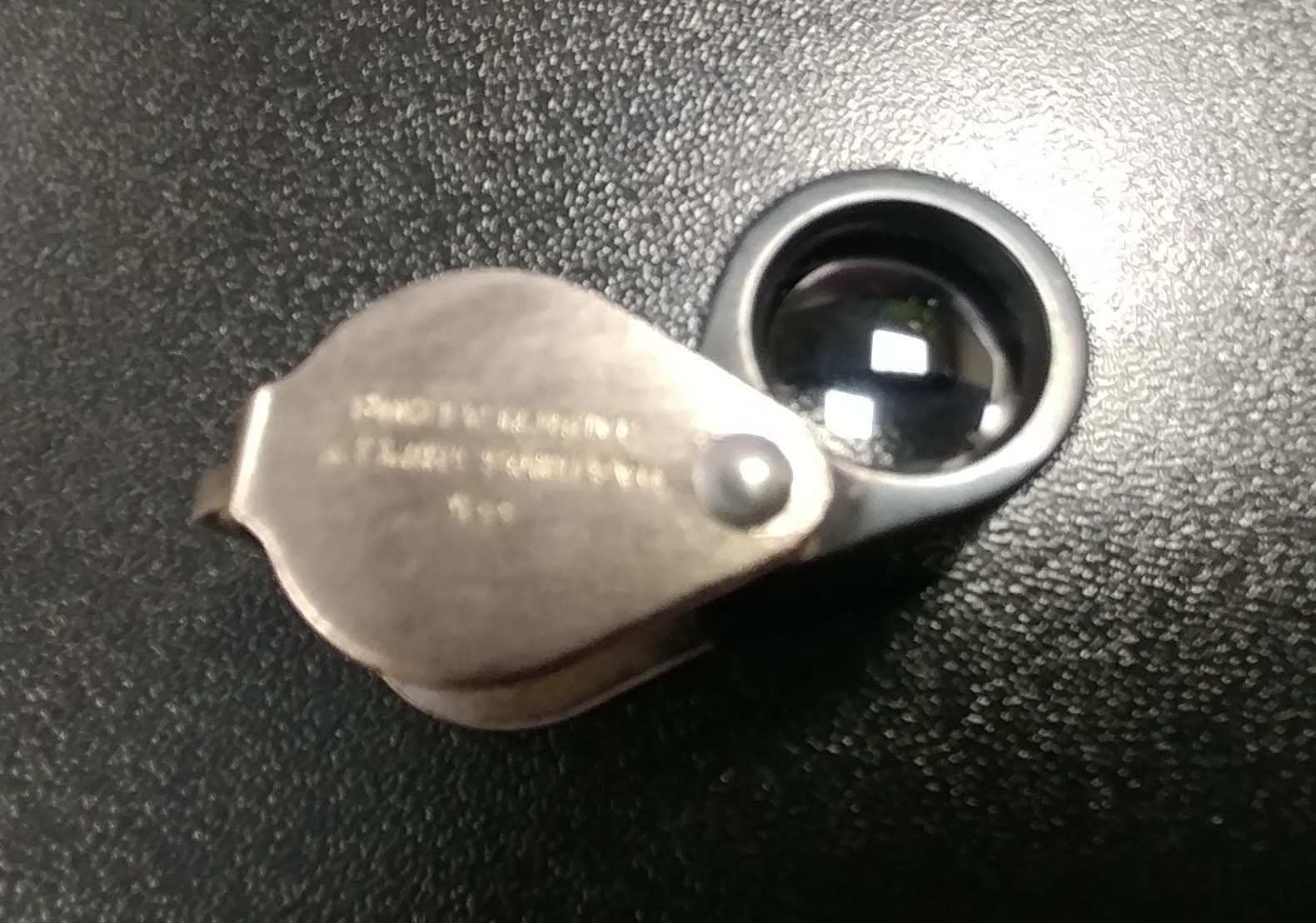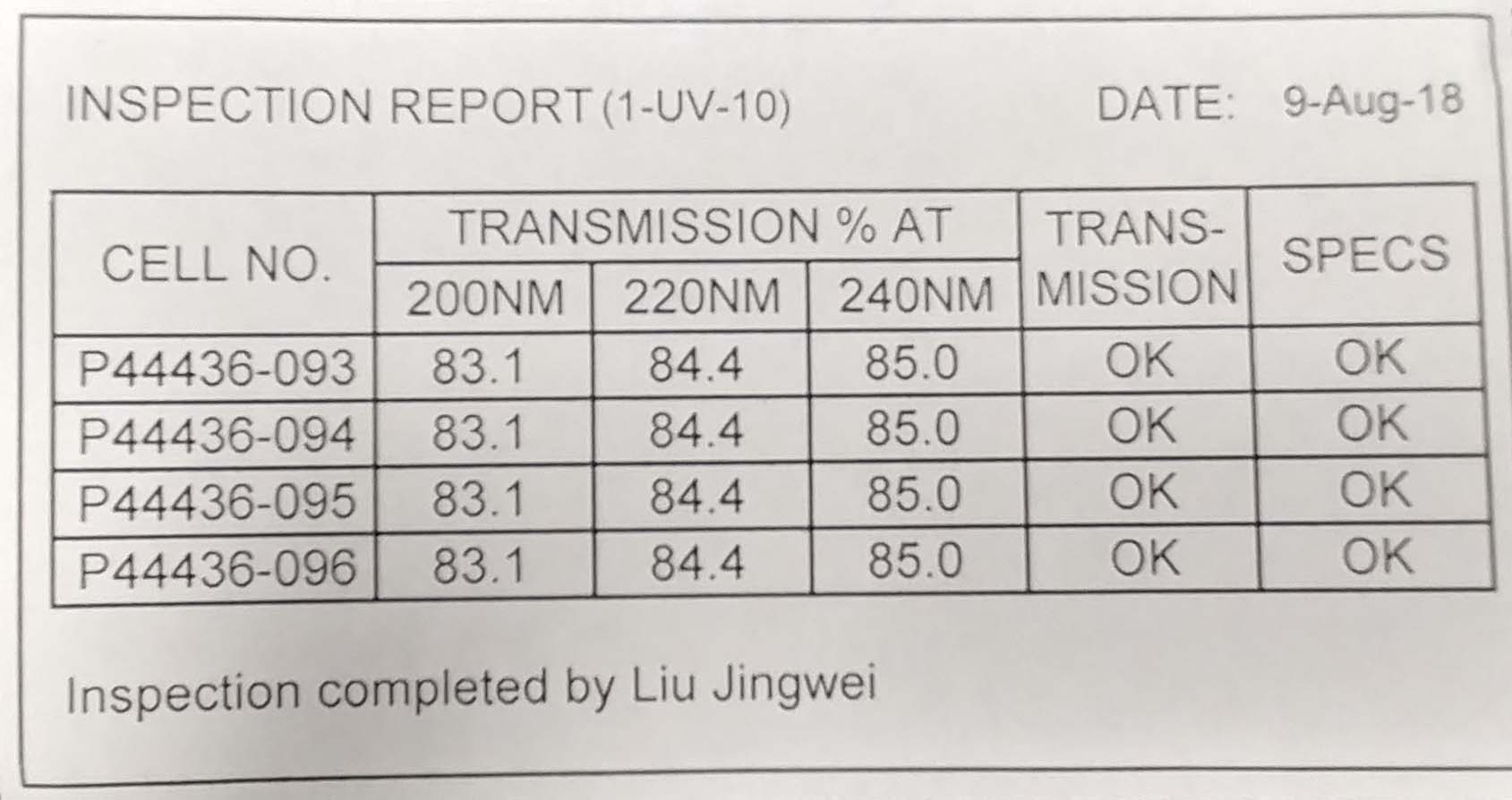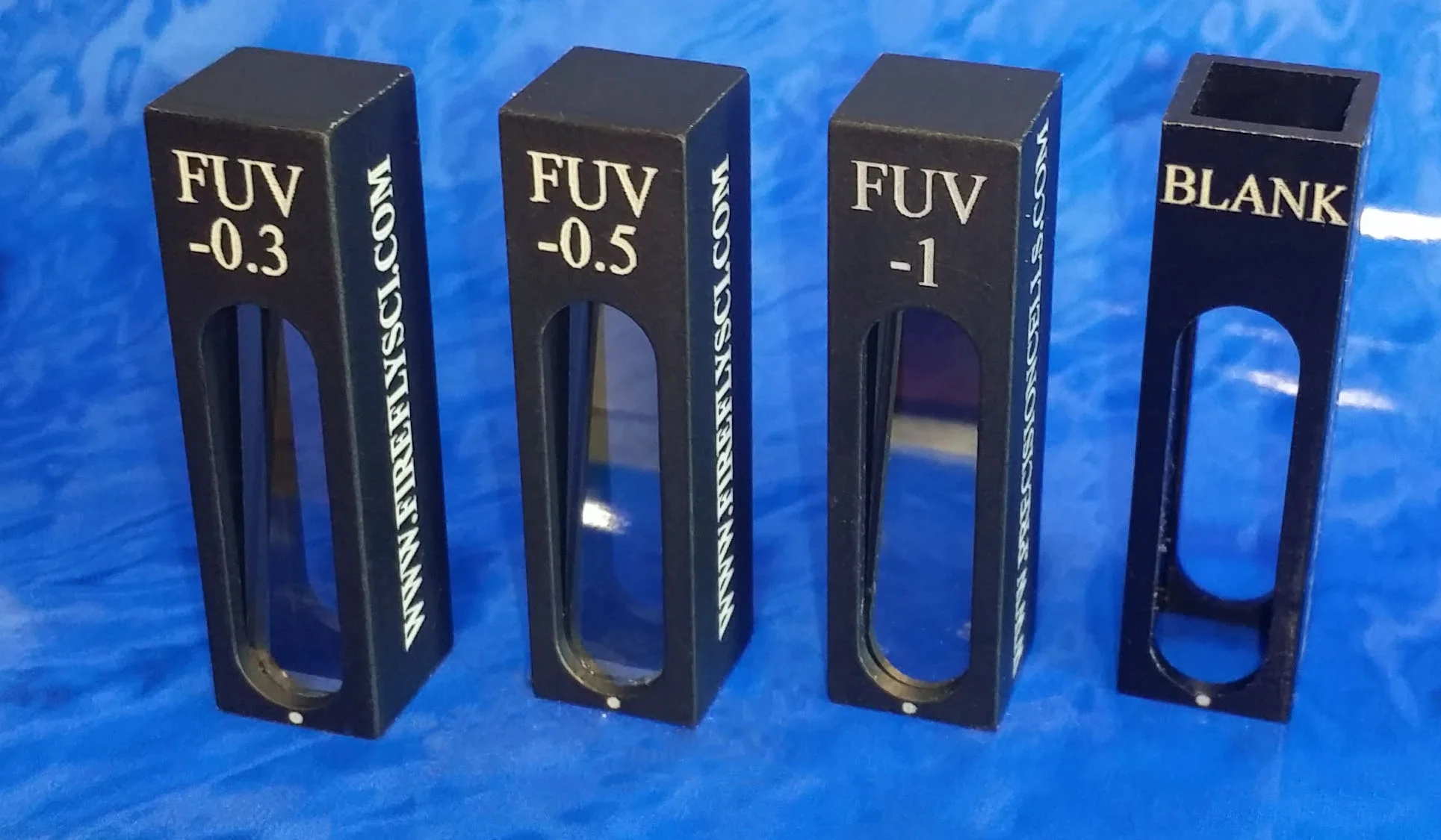Walkthrough of Getting a Custom Cuvette Quote
/Here at FireflySci we offer a lot of different varieties of cuvettes but oftentimes, someone will either want to modify an existing design or build an entirely new model. Either way, we pride ourselves on accommodating new requests and learning as much as we can in the process. Our customers often surprise and educate us with their requests and we look forward to getting these types of offers in particular.
We’ve compiled a list of questions that you’re likely to have when you come through this process with us:
“Where can I send this sketch?”
You can either e-mail the sketch to info@fireflysci.com or you can upload your sketch and fill out the form found on our dedicated custom cuvette page. Be sure to include all dimensions both inner and outer.
“Can you make this?”
This one is a big “depends.” Generally, we can make basic rectangular cuvettes, cylindrical cells and flow through cells from Pyrex Glass, UV Quartz or IR Quartz as a basic project. Pretty much what you see in our catalog is a show-off of what we can do. Our most basic method is using fire fusing, which is far and away the most cost-effective way to make cuvettes. If you need to get something much smaller on the order of microfluidics or tiny flow channels down to 50 microns, we’ll probably have to use our more advanced (read “expensive”) methods of fusing cells whether it be optical contact bonding or thermal fusion. Please check out our sister article on “Getting a Custom Flow Cell/OEM Quote” for more information on this.
One of the most common “NO’s” we give out to this question is when a customer asks to make custom plastic (either polystyrene or PMMA) cells. This is not our area of expertise and we’re likely to give you a quote well above what is normal market price for this sort of thing. Other “NO’s” would be making something out of a material we are unfamiliar to working with such as CaF2.
“Can you modify a stock cuvette?”
So you just want to add an inlet/outlet tube to the side of a stock 1UV10 cuvette? The request to modify an already existing stock cell to cut down on lead time is a common request but unfortunately, we are unable to accommodate at this time. The reason being that we cannot risk the integrity of an already produced cell to make modifications. All modifications must be made on the design and from scratch.
“What kind of modifications can you do?”
Depends on your imagination! We’ve had requests that range from adding optical coatings, lenses, making weird geometries, fusing on UHV valves, adding tubes, extra fusing for cryogenic usage, etc. Try us! If you ask and we can’t, the worst that will happen is we’ll look into it and get back to you within a day or so and let you know.
“How long will I be waiting for this quote?”
Our quotes for standard fire-fused cuvettes typically take us 1-2 days to respond to the customer with the quote and considering this is about 80% of our requests when it comes to custom cells, we’re pretty happy. If we decide that the cell you are requesting is a bit too complicated for traditional production methods and we need to break out the big guns (i.e. optical contact bonding), expect the quote to take about a week. Either way, it’s an area that we’re constantly striving to improve as we know how little fun it is to wait around for a quote.
“How long will it take to receive my cuvette?”
This one gets the same response every time: 8-10 weeks. The reason for this standard answer is that it is on the longer end of our normal expected manufacturing lead time. We never want to over promise on this for our customers as there’s nothing worse than expecting something in 4 weeks and then finding out it’ll actually take 8!
Having said that, it’s not uncommon for us to pleasantly surprise some customers with cells arriving in 3 weeks that we happened to nail the first time we tried to make them. On the flip side, sometimes we have cells where nothing goes right and we brush past the expected lead time by a week or so. If this happens, we usually do what we can to make amends and overnight the cells to you along with a healthy portion of profuse apologies. We legitimately hate it when we miss deadlines but it does happen due to the fickle nature of glass work. Sometimes you will get right to the end of a cuvette and you hear the glass crack or it fails during the inspection process. These are the types of thoughts that makes our glassblowers wake up in the middle of the night with a cold sweat!
“If we only order one will it cut the lead time?”
We hear this one a lot and it makes intuitive sense that 1 or 2 cuvettes would take a shorter amount of time to make than say 10-30. Unfortunately, it takes the same amount of time to make both quantities and there is not a shortened lead time with a lower quantity. We produce our cuvettes in batches and each batch takes the same 8-10 week interval to go through the manufacturing process.
“Why does it take so long to make a cuvette?”
We hear this all the time. Especially from customers who have tight timelines. Why does it actually take 8-10 weeks? Here is a quick breakdown of the entire production process:
Raw material purchase (1-2 weeks): each different cell design might require us to procure quartz or glass plates of a custom design, which can often take a week or so as we work out the particulars with our subcontractors
Trial production of new models (2-3 weeks): this process only happens when we receive unique designs that we have not made in the past. Once we receive the plates or other raw material we will need to test out feasibility of the design and check to see if the cell will fail during fire-fusing or contact bonding. There will be a significant amount of trial and error in this stage.
Production process and failure (2-4 weeks): The assembly process is pretty basic for fire fusing. We gather the plates, polish them, grind them, lap them,fuse them together and anneal them (depending on the material). However, this is the wildcard part of the process. After we check the feasibility of the design and begin fusing the cell together things can still go wrong. If the part is very complex we might get 1-2 weeks into fusing and have the part fail forcing us to start over. This is a very common thing to occur in glassblowing and we’ve heard stories of glassblowers working for 72 hours on a project and hearing that trademark “clinking” sound of glass shattering or cracking. This step of the process is the one that can either go really well and only take a week or two or it can go really poorly and we might spend a large amount of time, sometimes even in excess of 4 weeks. Either way, we will keep you posted and once we proof the concept, we can cut down the lead time for subsequent orders.
Inspection (1-2 weeks): Once the custom cuvette has made it through production and is finished annealing we are ready to inspect the part. If the custom cell fails any of the following steps we will need to start over from scratch. An inspection involves the following steps:
The part is checked with calipers and/or an optical profiler to make sure the tolerances were met. Typically within +/-0.05mm.
A loupe is used to see if there are any optical defects and issues such as chips along the seams.
The parts are then scanned with a spectrophotometer or a fluorometer to verify their optical transmission properties.
“Can you expedite this?”
This one is an honest no again. Sometimes, customers even offer to pay more for this service but it’s just something that can’t be promised and can’t be done. Depending on the complexity of the cuvette ordered sometimes we can and sometimes we can’t beat the deadline but if we know it’s high priority we will definitely make sure our glassblowers know. The bottom line is that we really can’t do much about that 8-10 week lead time for now. We’re definitely working on it though!
“Minimum order quantity?”
This is another one where we can make your experience better. There are no, I mean NO, MoQ’s or minimum order quantities. We personally find these irritating when we’re ordering components from other manufacturers and we do our best to eliminate them whenever we can in our own process. People like to order prototypes all of the time and why would you want to order quantity 5 of something if you can find out in 1 unit if it works or not?
With our fire-fused cells (again, a majority of our cuvettes), you will be pleasantly surprised by how affordable the low quantity orders are. When it comes to optical contact bonding, you will probably not have the same experience as these are indeed costly to make at lower quantities though they do come down in price the more you order.
“How much?”
This one is another big ole depends! Generally speaking, Optical Glass, standard rectangular cuvettes are the cheapest coming it at around $50-100. Once you move into UV Quartz, this will take the same cuvette and move it into the $100-150 range. If the cuvette is much larger and many more modifications are added it becomes harder to ballpark these #’s. On the more complex end, our custom cuvettes can range anywhere from about $200-$800 per cell depending on the design.
As a rule of thumb, things that make the cell complex and more likely to fail during production make the cost go up significantly. This is to account for added labor cost, the loss of raw materials and the loss of whole parts during the process. Things that can add to the cost include adding optical coatings, making the lightpath quite small, complex geometries, adding black quartz, etc…
“How much if I get…?”
You can expect about a discount of 10% at quantity of 10pcs ordered and more depending on the quantity that you need. At lower quantities, if we are making your cuvettes through fire fusing we can often provide you with a very reasonable quote. We find this particularly useful for our customers who are working through the prototype phase and might not be married to a particular design and want to test things out at a lower cost.
Common fire-fusing prototype costs at quantity of 1-5pcs range anywhere between $300-700 per cell. If the cell is of larger dimensions (for example, larger than a 50x50x50mm box) or of complex geometry such as a flow cytometry cell we would need to switch to optical contact bonding. Optical contact bonding comes with a hefty price tag at low quantities and can be anywhere from $600-$1500 per cell at quantity of 1-5pcs. At higher quantities the pricing drops and there is generally a 10% discount at quantity of 10pcs and the price breaks can go all the way up to 40-50% at production level quantities (anywhere past 500-1000pcs).
“What is the upper size limit on fire fused cells?”
When we get a quote request on any cell that is more than 50 x 50 x 100mm, we will have to use optical contact bonding. Our basic fire-fusing machinery cannot handle anything larger than these basic dimensions and therefore optical contact bonding will be necessary. We try our best to use fire fusing whenever possible as the quotation time is faster and the cell is more cost-effective to make!
Final thoughts
We have been through the exact same process that you are going through now. In fact, we deal with it all the time when we need to get quotes on custom parts from contractors. We have done everything in our power to smooth out the process from you sending us your sketch to you receiving a quote with the minimum amount of hassle and friction. If you see any areas where we can improve, we thrive on feedback and are constantly learning. Please let us know.
Here’s to your success! Over and out!
FireflySci
![firefly_logo_FINAL [Black].jpg](https://images.squarespace-cdn.com/content/v1/5411d5c0e4b02e1c8b27565a/1434491508803-XB4OF7YDY46Z72L5U5AP/firefly_logo_FINAL+%5BBlack%5D.jpg)


















